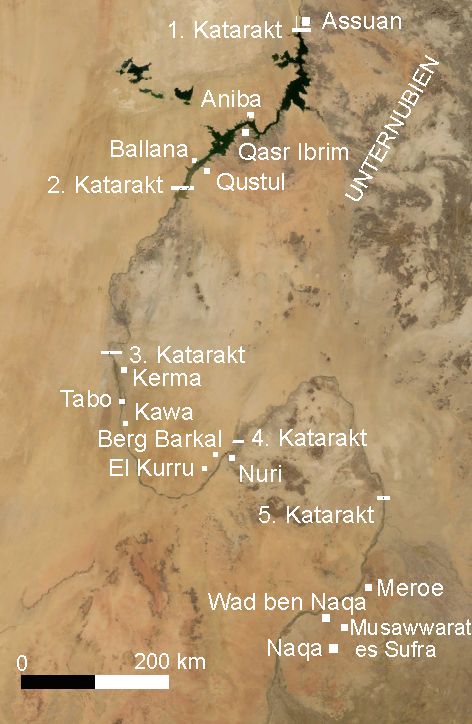Tabo (Nubia) on:
[Wikipedia]
[Google]
[Amazon]
 Tabo is an archaeological mound site in
Tabo is an archaeological mound site in
File:Tabo.png, Plan of the Nubian temple at Tabo.
File:Sudan n3.jpg, Statue of a Nubian king in Sudan, perhaps King Natakamani, found in Tabo.
 Tabo is an archaeological mound site in
Tabo is an archaeological mound site in Nubia
Nubia () (Nobiin: Nobīn, ) is a region along the Nile river encompassing the area between the first cataract of the Nile (just south of Aswan in southern Egypt) and the confluence of the Blue and White Niles (in Khartoum in central Sudan), or ...
, Sudan
Sudan ( or ; ar, السودان, as-Sūdān, officially the Republic of the Sudan ( ar, جمهورية السودان, link=no, Jumhūriyyat as-Sūdān), is a country in Northeast Africa. It shares borders with the Central African Republic t ...
, in what was at one time the Kingdom of Kush
The Kingdom of Kush (; Egyptian language, Egyptian: 𓎡𓄿𓈙𓈉 ''kꜣš'', Akkadian language, Assyrian: ''Kûsi'', in LXX grc, Κυς and Κυσι ; cop, ''Ecōš''; he, כּוּשׁ ''Kūš'') was an ancient kingdom in Nubia, ce ...
. It is located at the southern end of the Argo Island in the Nile
The Nile, , Bohairic , lg, Kiira , Nobiin language, Nobiin: Áman Dawū is a major north-flowing river in northeastern Africa. It flows into the Mediterranean Sea. The Nile is the longest river in Africa and has historically been considered ...
, just south of Kerma
Kerma was the capital city of the Kerma culture, which was located in present-day Sudan at least 5,500 years ago. Kerma is one of the largest archaeological sites in ancient Nubia. It has produced decades of extensive excavations and research, in ...
, approximately north of Dongola
Dongola ( ar, دنقلا, Dunqulā), also spelled ''Dunqulah'', is the capital of the state of Northern Sudan, on the banks of the Nile, and a former Latin Catholic bishopric (14th century). It should not be confused with Old Dongola, an ancien ...
. It draws its name from a small village, which is located near the ruins. Here at Tabo, there was a well preserved Amun
Amun (; also ''Amon'', ''Ammon'', ''Amen''; egy, jmn, reconstructed as (Old Egyptian and early Middle Egyptian) → (later Middle Egyptian) → (Late Egyptian), cop, Ⲁⲙⲟⲩⲛ, Amoun) romanized: ʾmn) was a major ancient Egyptian ...
temple. It was long and wide. The first pylon is wide, the second . Based on these measurements, it is one of the largest Nubian temples. There was a courtyard with columns and a portico
A portico is a porch leading to the entrance of a building, or extended as a colonnade, with a roof structure over a walkway, supported by columns or enclosed by walls. This idea was widely used in ancient Greece and has influenced many cult ...
below. The temple is now heavily damaged, with local residents using this shrine as a quarry; the temple's stone blocks can be found in many of the neighboring villages.
Gallery
References
* Friedrich W. Hinkel: ''Auszug aus Nubien''. Akademie-Verlag, Berlin 1978. (German) {{coord, 19.484667, 30.426722, display=title Nubian architecture in Sudan Archaeological sites in Sudan